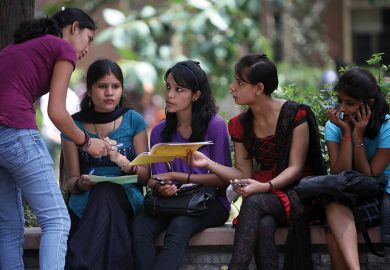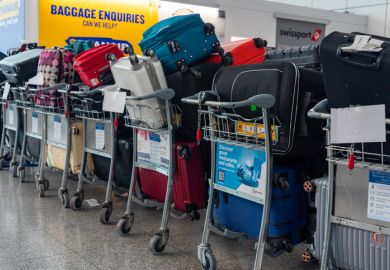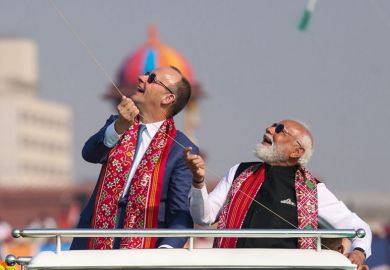A new report says that Australia should improve access to post-study work opportunities to capitalise on a boom in students from India.
But antipodean universities will also have to tailor their offerings for students who want to minimise costs by spending as little time as possible down under.
The recommendations are outlined in a new report from Singapore-based consultants LEK Consulting. It says that as China’s demand for tertiary education softens, India’s burgeoning middle class is taking up the slack.
Australian institutions are already recruiting Indian students at a higher rate than any other education destination, the report says.
It says that in raw numbers, enrolments from the subcontinent are projected to increase at the same rate as those from China. But while India is the next big frontier in the “new gold rush” of international education, it will not be a carbon copy of the China boom.
Indian students tend to be more price-conscious, less brand-conscious and more inclined to stick around than their Chinese counterparts, the report says.
“India has the largest diaspora population in the world, and its outbound international students show a preference for staying abroad after they study,” it says. Indian nationals possess almost 30 per cent of post-study visas in Australia, despite holding just 11 per cent of student visas.
The tendency to hang around is even more pronounced in the US, where Indians claim 17 per cent of student visas but 63 per cent of visas for initial post-study employment.
Australia must also cater to Indian students who do not intend to seek local employment, and instead want to return to their home job markets armed with overseas degrees. Such people will be attracted to shorter courses – ideally 12-month master’s degrees.
“These may not entitle graduates to an Australian post-study work visa but provide an Australia-branded degree, typically at less expense and achieved in a shorter period,” the report says.
It says more than three-quarters of Indian students in Australia are seeking postgraduate qualifications. But few can afford two-year courses, particularly at high-ranking institutions.
This puts Australia’s cash-strapped non-metropolitan universities in the box seat to maximise enrolments from the subcontinent, the report says. “Regional universities may have a particular advantage, as their cost of living will be significantly lower than in coastal cities.”
Register to continue
Why register?
- Registration is free and only takes a moment
- Once registered, you can read 3 articles a month
- Sign up for our newsletter
Subscribe
Or subscribe for unlimited access to:
- Unlimited access to news, views, insights & reviews
- Digital editions
- Digital access to THE’s university and college rankings analysis
Already registered or a current subscriber?








